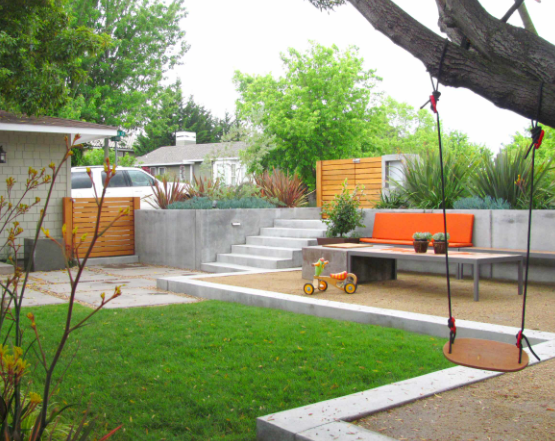Exploring the World of Landscape Architecture
Landscape architecture is more than just designing outdoor spaces; it’s about creating vibrant environments that enhance our quality of life. The work of landscape architects is vital in connecting nature with urban living, promoting sustainability, and enriching local communities. In this article, we’ll delve into some intriguing aspects of landscape architecture that highlight its importance and impact.
Sustainable Design Principles
Sustainable design is at the heart of contemporary landscape architecture. Landscape architects often incorporate native plants, rain gardens, and permeable surfaces into their designs, minimizing environmental impact while maximizing benefits. By choosing materials that are eco-friendly and utilizing water-efficient practices, they help create spaces that support biodiversity and reduce carbon footprints. This approach not only beautifies landscapes but also plays a crucial role in combating climate change and conserving natural resources.
Enhancing Community Interaction
Landscape architects also focus on creating spaces that foster community engagement. Parks, plazas, and public gardens designed with inclusivity in mind encourage social interaction among residents. Featuring elements like walking paths, seating areas, and play zones, these spaces become gathering points for people of all ages. Thoughtful design promotes not only physical activity but also mental well-being, serving as vital communal hubs in urban settings.
Integrating Technology in Design
The integration of technology into landscape architecture is revolutionizing the way outdoor spaces are designed and maintained. Tools like 3D modeling software and geographic information systems allow landscape architects to visualize and plan projects with precision. Moreover, smart irrigation systems and environmental sensors are being increasingly used to maintain these landscapes, ensuring they thrive while consuming minimal resources. This marriage of tradition and technology not only improves efficiency but also creates resilient, adaptive environments for the future.
Conclusion
Landscape architecture plays a crucial role in shaping our surroundings and improving our quality of life. By focusing on sustainability, community interaction, and the integration of technology, landscape architects create spaces that are not only beautiful but also functional and beneficial for the environment. If you’re interested in learning more about how landscape architecture can transform your community, consider exploring local projects or engaging with a landscape architect to see the possibilities in action.

